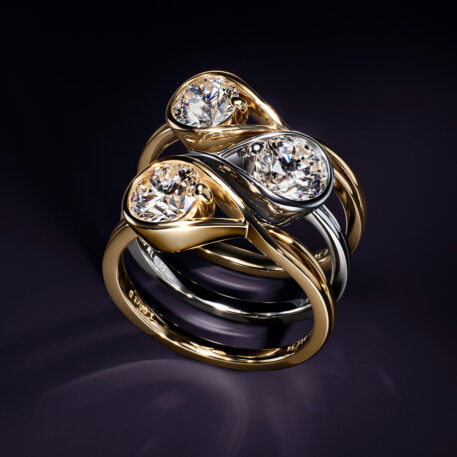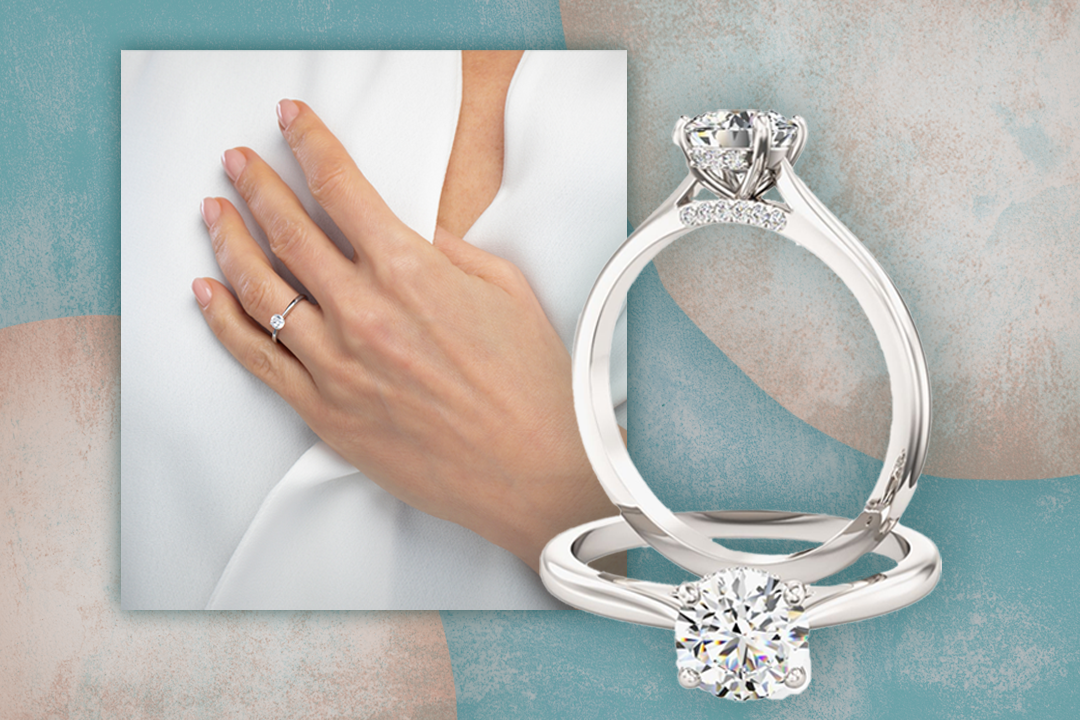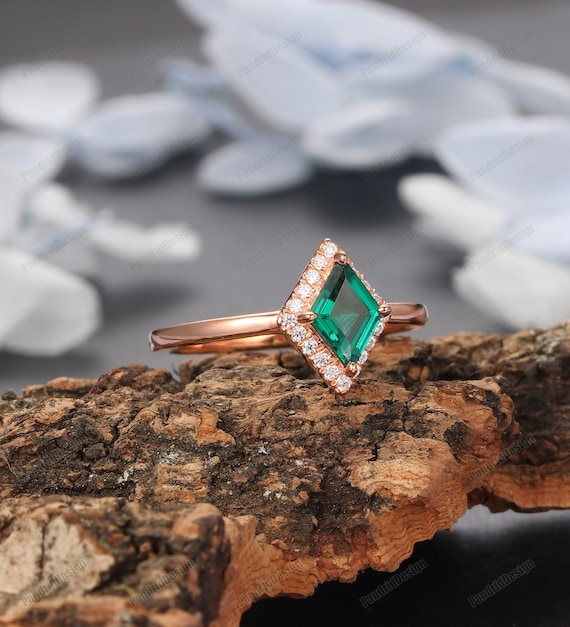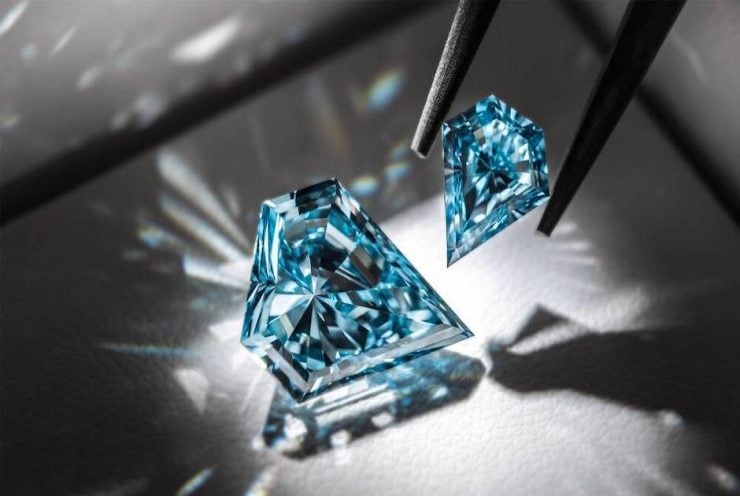Investing in precious metals has long been a strategy for those seeking to diversify their portfolios and hedge against economic uncertainties. While gold has historically been the poster child for such investments, silver often stands in its shadow, quietly offering its own unique advantages. In this article, we’ll delve into the age-old debate: Is silver a better investment than gold?
Introduction
When it comes to investing, the age-old adage of “safe as gold” often comes to mind. However, silver, with its own set of qualities and market dynamics, presents a compelling case for consideration. In this article, we’ll explore the nuances of investing in silver versus gold, dissecting historical performance, market factors, and other crucial considerations.
Importance of Investment
Before diving into the specifics of silver and gold, let’s underscore the significance of investing in precious metals. Amidst economic uncertainties, volatile markets, and inflationary pressures, diversifying one’s portfolio with assets like silver and gold can provide stability and protection against value erosion.
Comparison of Silver and Gold as Investments
Historical Performance
Gold has a long-standing reputation as a store of value, dating back centuries. Its price stability and consistent performance have made it a favored investment choice for many. However, silver, often referred to as “the poor man’s gold,” has also showcased impressive returns over time, albeit with greater volatility.
Factors Influencing Prices
The prices of both silver and gold are influenced by a myriad of factors, including economic indicators, geopolitical tensions, is silver a better investment than gold, and currency fluctuations. While gold tends to react more sensitively to global macroeconomic events, silver’s price dynamics are often influenced by industrial demand in addition to investment sentiment.
Industrial Use of Silver and Gold
Unlike gold, which is primarily valued for its role as a store of wealth and adornment, silver boasts significant industrial applications. From electronics to solar panels, silver is a critical component in various sectors, contributing to its demand dynamics and price fluctuations.
Supply and Demand Dynamics
Both silver and gold are finite resources, subject to the laws of supply and demand. While gold’s supply is relatively stable, silver’s production is more influenced by industrial demand, leading to potential supply shortages during economic downturns or increased industrial activity.
Market Volatility
One of the distinguishing features of silver is its higher volatility compared to gold. While this volatility may deter some investors, it also presents opportunities for profit generation through strategic trading and timing the market fluctuations.
Liquidity and Accessibility
Gold enjoys widespread recognition and liquidity, making it easily tradable across various markets worldwide. However, silver, with its lower price point and ample availability, offers accessibility to a broader range of investors, including retail buyers.
Portfolio Diversification
Diversification is a cornerstone of prudent investing, and both silver and gold play integral roles in portfolio construction. While gold provides stability and acts as a safe haven during times of crisis, silver’s dual role as an investment and industrial metal enhances portfolio resilience and growth potential.
Risk Factors
As with any investment, silver and gold come with their own set of risks. While gold’s stability may mitigate downside risks to some extent, silver’s volatility exposes investors to greater price fluctuations and speculative pressures.
Environmental Concerns
The environmental implications of mining precious metals cannot be overlooked. While both silver and gold extraction processes have environmental costs, sell gold Sydney, advancements in sustainable mining practices aim to mitigate these impacts and promote responsible resource management.
Market Outlook
Looking ahead, the outlook for silver and gold remains influenced by a multitude of factors, including economic trends, technological advancements, and geopolitical developments. While gold may continue to serve as a stalwart hedge against uncertainty, silver’s unique attributes position it as a compelling investment opportunity in its own right.
Conclusion
In the perennial debate of silver versus gold, there’s no one-size-fits-all answer. Each precious metal offers distinct advantages and considerations for investors. Whether you lean towards the stability of gold or the potential of silver, a diversified portfolio that incorporates both can help weather the storms of market volatility and preserve long-term wealth.




![Instructions to Clear Up Viewpoint Mistake [Pii_email_3a9d3c10845f8b9d77b2] Instructions to Clear Up Viewpoint Mistake [Pii_email_3a9d3c10845f8b9d77b2]](https://usagnews.com/wp-content/uploads/2021/03/pii_email_4f103a81b5197b75caeb-696x392-1-scaled-1200x676.jpg)












